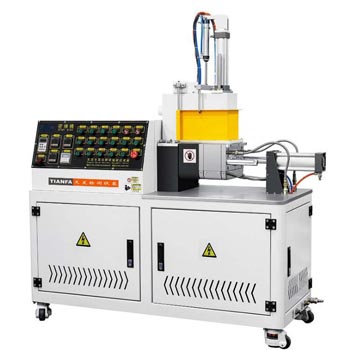In the polymer industries, like chemical ,plastic ,rubber ,PVC etc, to research , develop and compound these material, lab kneaders play a very important role in mixing , kneading and homogenizing polymer blends, masterbatches, and composite materials together fully and uniformly.
Whether you’re developing plastic , PVC, PE, EVA, TPE, or high-performance engineering plastics, a small scale laboratory kneader equipment are great to ensure high precise mixing and kneading performance , which enable R&D teams can evaluate formulations before scaling up to production.
In this blog, let us explore how a lab kneader works for polymer and learn its working procedure.

04
Sep 25






